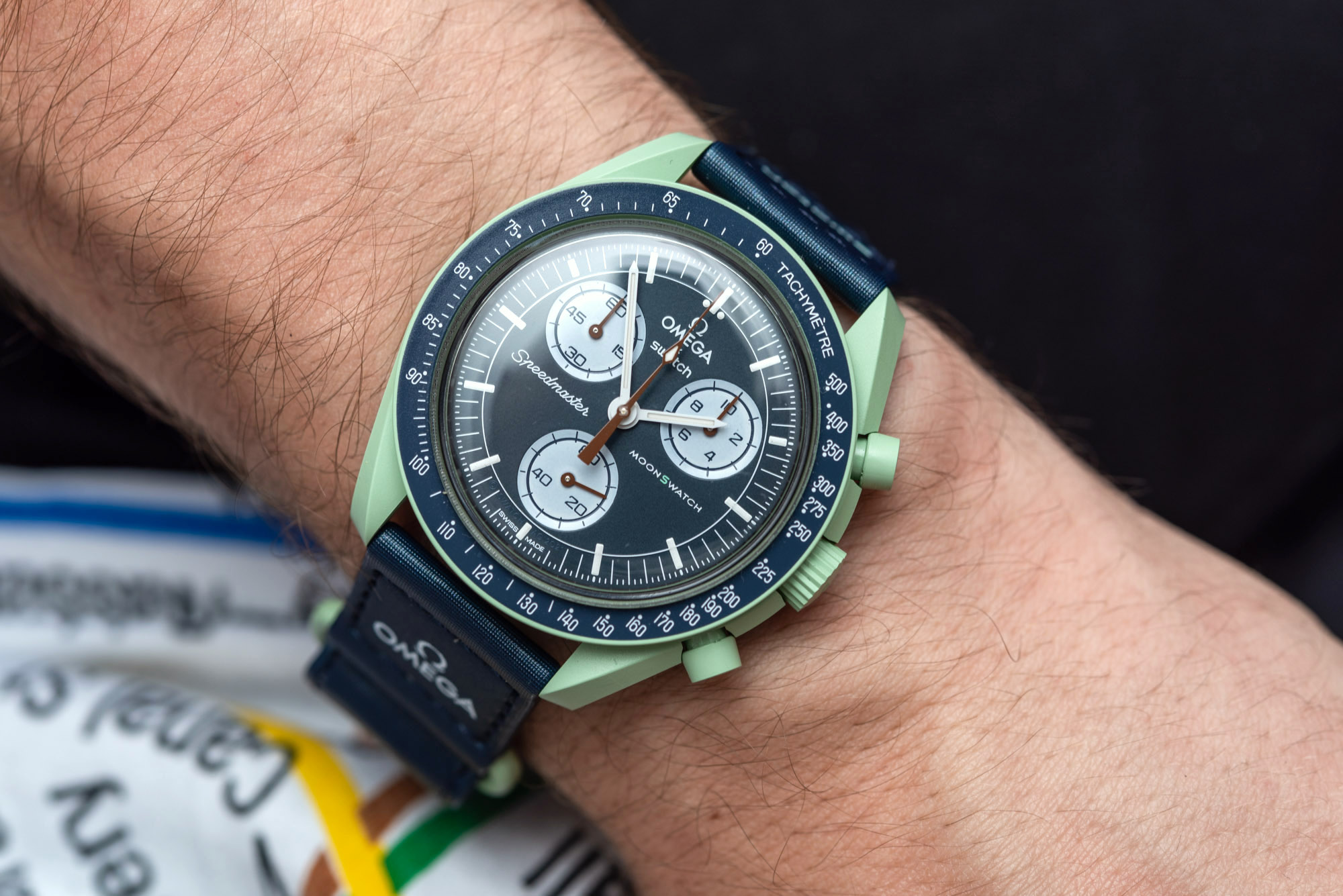Most of the people who visit aBlogtoWatch already have an interest in timepieces, so it can become easy to take for granted why we like this stuff. Most of the time when I write about watches, it is for an audience of people who already consider themselves watch lovers, or at least receptive to learning about new products. That said, we don’t often take the time to discuss some of the bigger-picture reasons why timepieces are interesting or desirable in the first place.
I’m always keen to introduce the world of wristwatches to people outside enthusiast circles, so I try to write introductory articles like this whenever possible. Today, I’d like to answer the complicated question of “Why do people like watches?” In short, people like watches for a variety of reasons depending on who they are, what place they are in their life, and why type of lifestyle they enjoy. I’ll try to go over the reasons why people like wristwatches in today’s contemporary world, and I encourage the you to share your experiences and opinions below in the comments.
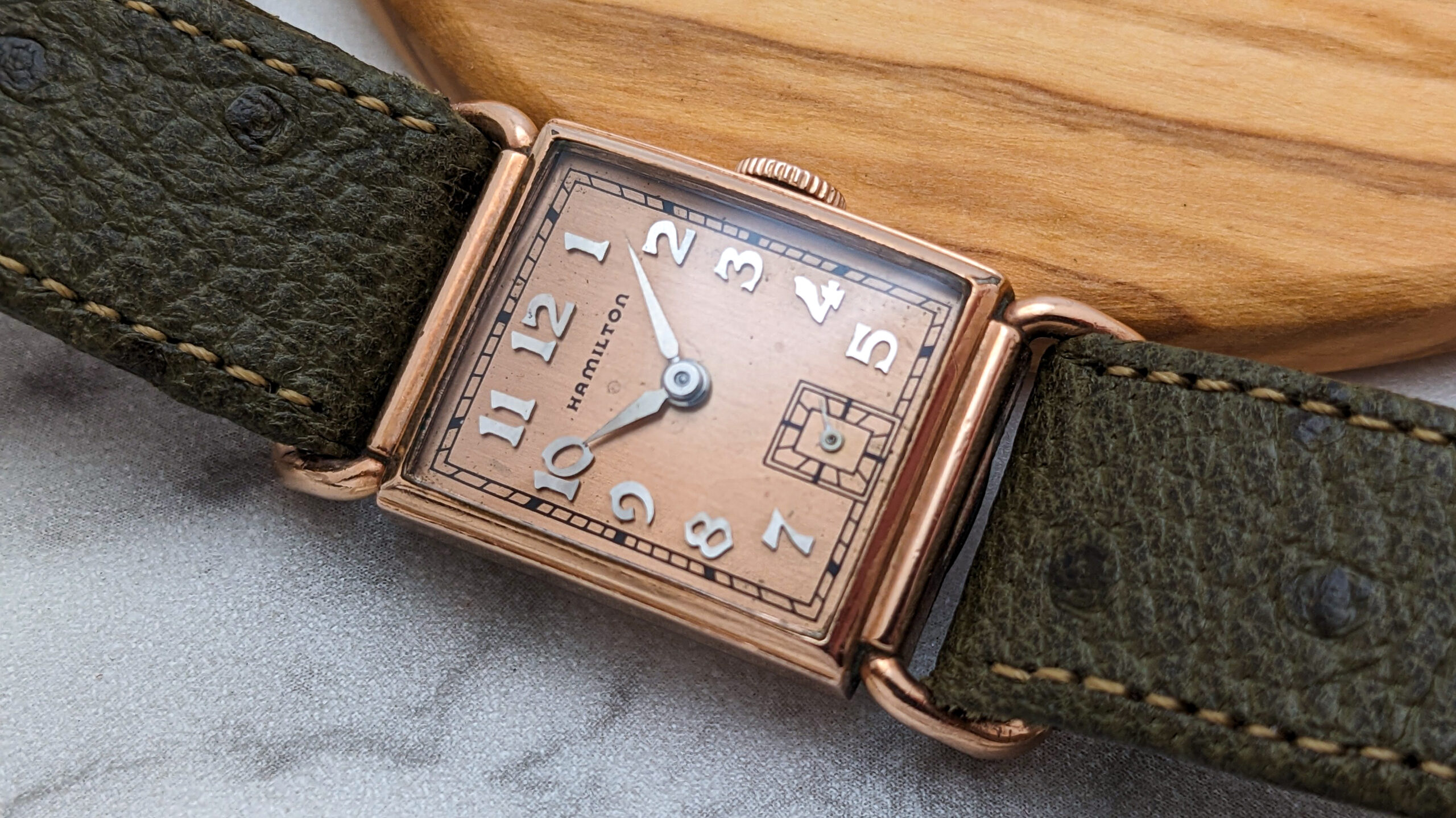
From Need To Want
It is difficult to pinpoint the exact time that watches no longer became necessary items, but it probably happened in the late 1990s. The 1980s marked the era when the majority of people switched from mechanical watches to electronic quartz movement-based timepieces, and just a decade later, people began to replace wristwatches with other time-telling devices such as mobile phones.
The “need to want” transition for timepieces was important because it changed the types of products being produced as well as people’s relationship with watches. During most of the 20th century, a wristwatch was necessary for most people to have a personal grasp of the time. Knowing the time was a key element in personal autonomy and the ability to meet responsibilities. If you didn’t know the time, you couldn’t be at work on time, for example. Thus, the main criteria people had in a timepiece was that it was both accurate and reliable. Watches surely could be status items, but for the most, part a wristwatch was a normal item in anyone’s daily arsenal of tools.
When watches shifted from a needed item to a wanted item, people changed their relationship with them. Items you want versus items you need don’t have the same requirements of utility, and people tend to purchase them for more emotional reasons. Cars are a good example because people both need and want cars. In order to simply get around in a vehicle, you arguably never need to spend much more than $20,000 (if buying new), and yet, there is a huge luxury car industry. Cars priced over that are luxury items because they exceed need and enter a territory of want.
Watches are needed in many ways — still for the purposes of knowing or measuring the time. But most of the watches you’ll see on the wrist of a watch enthusiast exceed mere need and extend in to “want” territory. Casio will sell you a damn good way of knowing the time for less than $30. Why, then, do people get excited about buying a watch in the thousands or many many thousands of dollars? The reason is that there is something (or some things) about watches that people want above and beyond mere need, and knowing that is an integral part of understanding why people like watches.
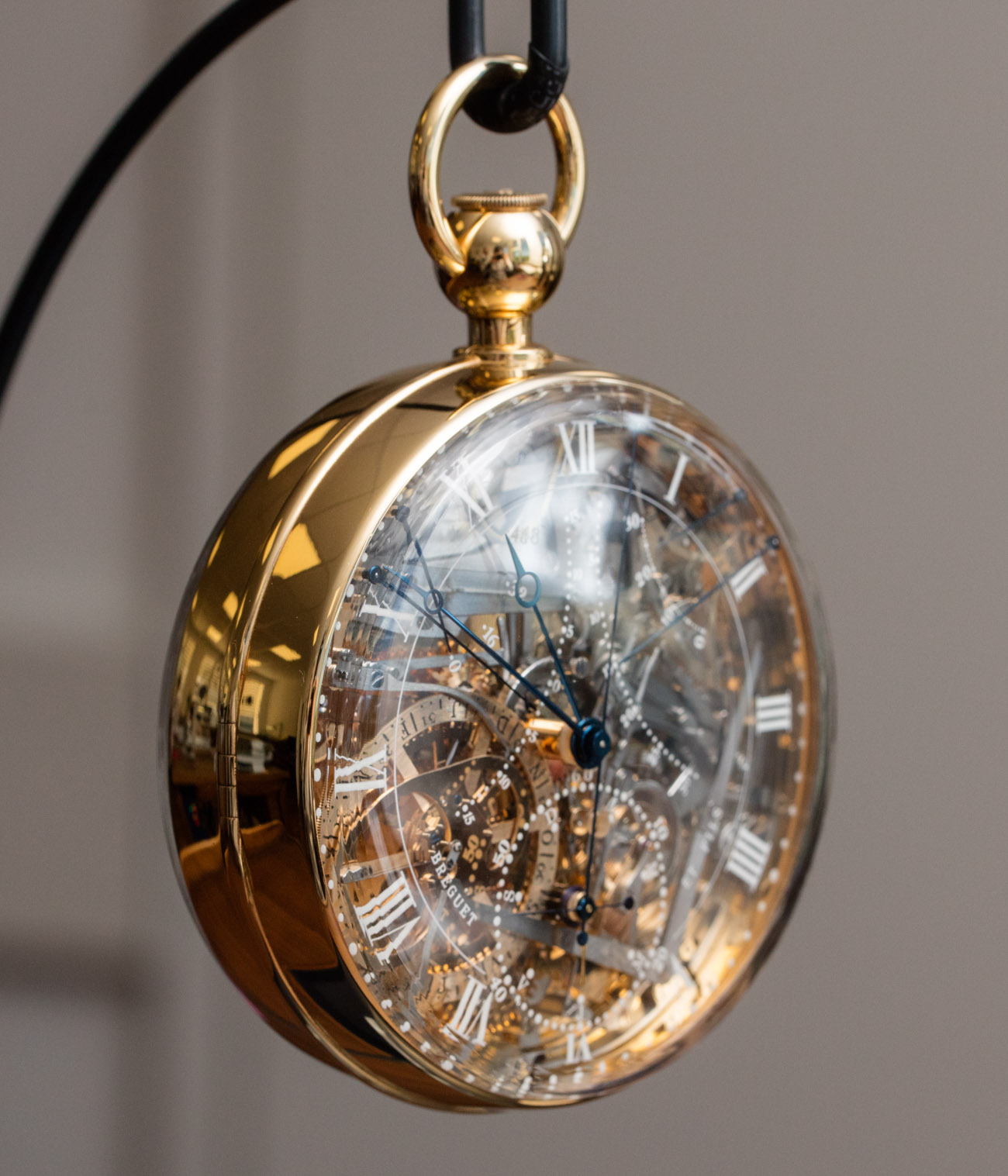
Historical Status Items
Given the above discussion, for the purposes of this article, a “luxury watch” is any timepiece that goes above and beyond mere practical functionality and offers something else that a consumer desires. Luxury watches have been around since the beginning of when timepieces existed, but back then, there were only luxury watches. A pocket watch or clock was so difficult and costly to make that only the ultra-rich could afford them. Even kings and queens would show off by wearing multiple pocket watches on the exterior of their clothing as a sign of their wealth. Watches could take years to make and, given their high cost, they were frequently adorned with a variety of decorations and set with precious materials. It was not until the late 19th century that the personal watch became something more accessible. Toward the early to mid-20th century, watches (wrist or pocket) finally came down enough in price so that most anyone could have one.
Today, there is an extremely sharp divide between cheap and expensive watches. More so, given that watches are no longer needed tools, there isn’t much of a middle area between extremely inexpensive and expensive watches. Luxury watch prices start at around $1,000 (depending on your tastes and level of expectation), but you can purchase a decent wristwatch to tell time for less than $5. A $500 watch isn’t really in the middle. From a strict qualitative standpoint, there are luxury watches and there are cheap watches, and there isn’t much in between save for branding considerations.
Marketing and branding, as well as quality and technique, have created a rich variety of high-end luxury watches to choose from depending on a consumer’s tastes and disposable income. Today, you don’t need to be ultra-rich to have a luxury watch, but if you are ultra-rich, you can easily get a luxury watch that the mere rich will not likely be able to afford. Watches today have returned to their earliest function as status symbols, despite a huge level of democratization among the public when it comes to purchasing a timepiece. Luxury watches are marked not by their functionality (for the most part), but rather in terms of their technique, design, craftsmanship, and artistic value. Thus, today, there are a great deal of timepieces whose primary purpose it is be a status item, and whose secondary purpose it is to be a tool, but they nevertheless must be a tool, as well.
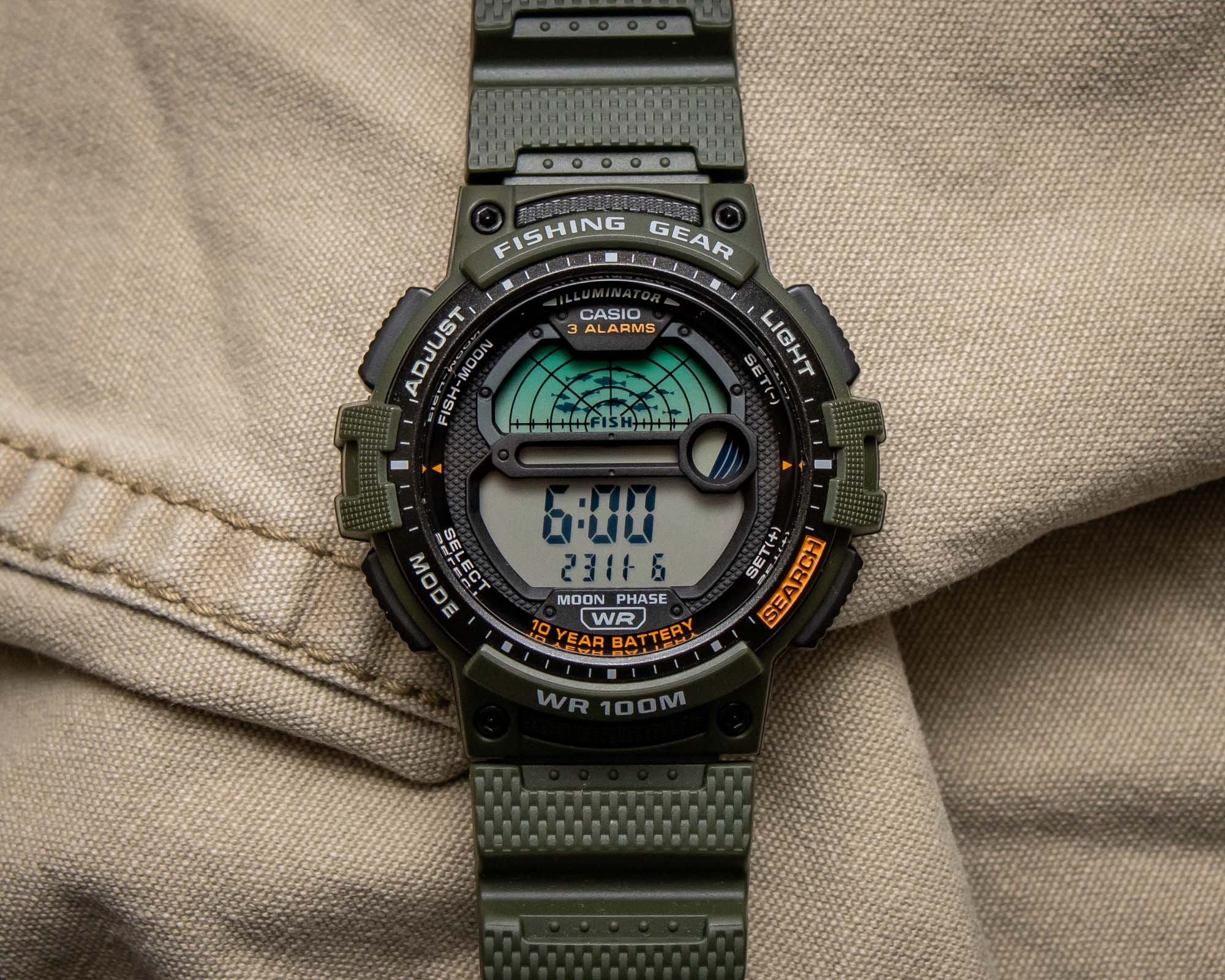
Machines You Can Wear
A wristwatch that does not indicate the time or some other piece of data is not a watch but rather a bracelet of some sort. You must understand that a huge part of why people like watches is because they offer both status and utilitarian value. Merely offering one or the other would not make these devices as popular as they are today.
For a range of reasons people like machines, which is essentially what a wristwatch is. Electronic quartz watches feel less like machines because we cannot view the action happening on a microscopic level. Mechanical watches offer a more visceral experience because the user can not only feel them working as they wind the mainspring or operate various settings, but also visibly in one’s ability to view the movement (which is made possible in many of today’s mechanical watches).
It is an entirely different discussion to explain why people are drawn to machines. There are great communities fascinated by cars, planes, boats, guns, analog audio equipment, bicycles, and watches. All of these things are machines, and those who are intimately familiar with these various genres can appreciate how an item functions to perform a particular task or set of tasks. How elegantly or effectively the machine can perform its intended tasks is often reflected in how much people appreciate them.
These days, there aren’t too many machines that people can carry around with them (and still appear socially acceptable). Watches happen to be a rare form of attractive, practical, and useful wearable machine. It is because watches are wearable machines that many people like them. The fact that different people appreciate different types of timing machines or watches built for various purposes adds character, variety, and flavor to the types of watches that exist. One person might be attracted to a diving watches for their ability to remain undamaged underwater, while another person might appreciate the elegance of a watch designed to be as thin as possible.

Fashion Meets Function
Wearing machines isn’t likely enough for watches to be as popular as they are. An extremely important element of why people like watches is how a watch is able to communicate something about the person wearing it. Fashion is about communicating something about who you are (or want to be) through what you wear, how you carry yourself, and how you adorn yourself. Watches are an extremely effective fashion statement because, today, they are among the only impractical things a man can wear that is still socially approved given that they are also tools. It might sound like a tough rule, but for the most part in Western society, a man isn’t “allowed” to wear adornments that might be considered forms of social regalia.
There are various reasons for this, but I think it has to do with the fact that in our socially democratized society, few people feel comfortable walking around externally communicating (though what they wear) that they are in a higher social class than others. Of course, this does happen, but for the most part, it goes against social norms of politeness and candor. However, an exception is made for items that can be arguably functional versus merely fashionable.
Perhaps not ironically, watches as we know them today were an extension of rule-bending in Calvinist Switzerland. In the Calvinist form of Christianity, excessive things and luxury were strictly forbidden. Watchmakers used watches to produce jewelry, with the excuse that they were making tools and not mere status items. A pass was given to highly lavish and decorated timepieces because their primary purpose was utilitarian versus symbolic. I think for similar reasons in today’s society, it is acceptable for men (women are allowed to wear jewelry) to wear watches as forms of social status-indicating jewelry, because, at least in theory, they are functional first and fashionable second.
Such social allowances give people who like watches great opportunity to adorn themselves with a variety of fashionable messages. In some instances, men use watches to communicate something about the type of people they want to be. While a person might not actually fly planes, they might choose on any particular day to wear a set of aviator sunglasses and a pilot-style watch as a fashion statement they would like to be associated with.
The variety of watch design out there, as well as the types of activities that have watches designed to go with them, is great. For this reason, the fashion opportunities when it comes to watches for men is vast. Consider that for most men who wear luxury watches, that watch is the most expensive item on his person. Given the visibility a watch has on one’s wrist, as well as the value of the items compared to the the rest of their outfit, these wearable tools have a unique fashion value that is unparalleled by other items.
Today, it might be said that the advent of smartwatches threatens to supplant the otherwise available space most people had on their wrist. If and when smartwatches become more useful to more people, then fewer people will have a chance to wear luxury watches, as the same space on their body might be needed for more practical uses. That said, the logical result will be the advent of luxury smartwatches.
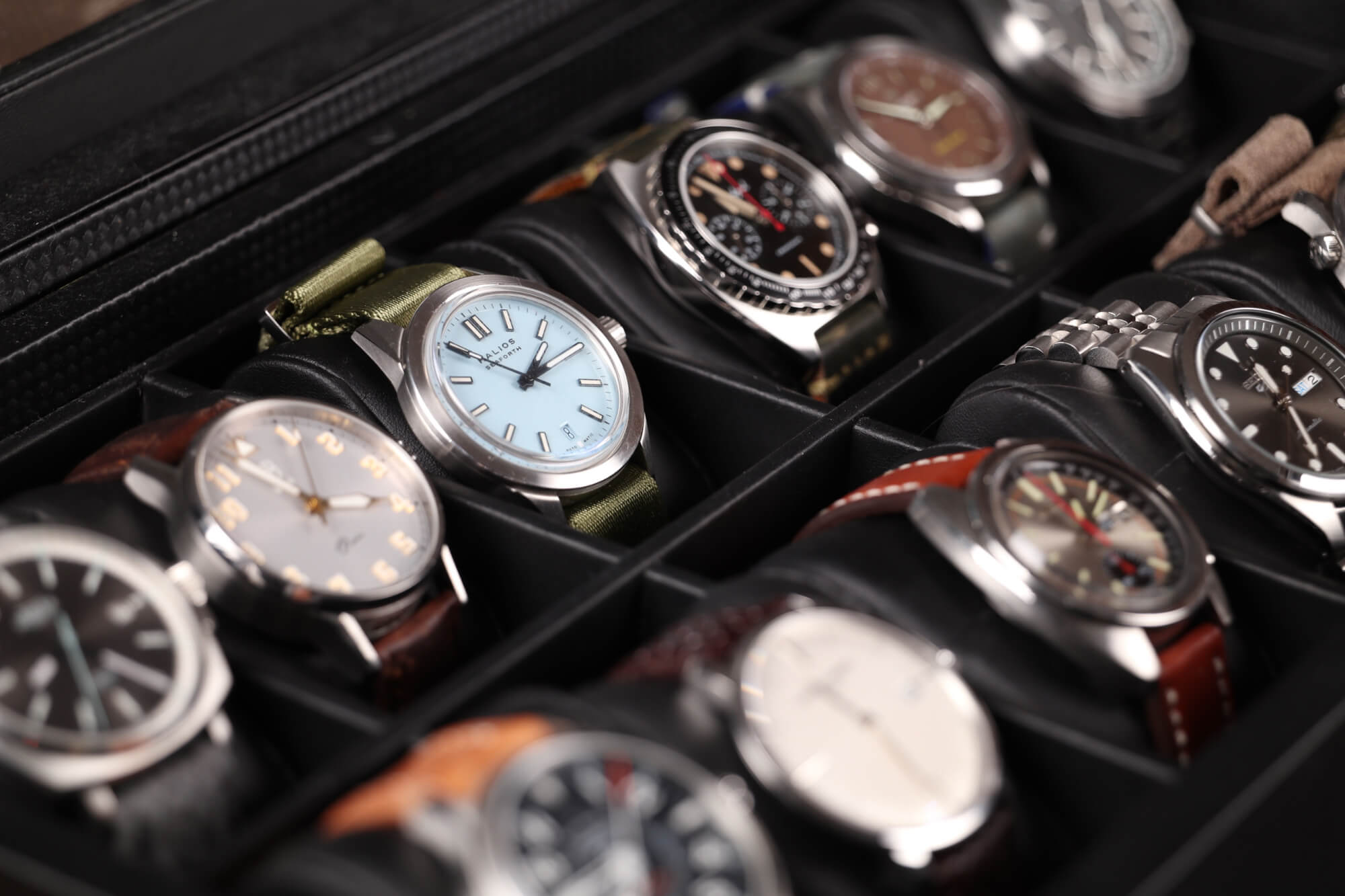
Collecting Stories
Given the very personal nature of wristwatches, it makes sense that people can attach sentimental value to them. People have been known to wear timepieces owned by close family members, or even buy watches owned by celebrities or other well-known people. All of this is because people tend to attach stories to watches, and people really like stories.
Stories embody not only people we respect or want to be like, but also values and memories that we hold dear. It is very often the case that a timepiece sold at auction will do much better if it comes with a compelling story. Consider the concept of the celebrity-owned item that sells for large sums at auction. Is that item any different from an identical item not owned by a celebrity? No, it isn’t. All that is different is the socially created concept that because an important person owned or used that item, said item obtains a new value in the stories that are contained within them.
Stories aren’t just about the people who owned a watch but also in the design, construction, purpose, and functionality a watch might have. People can sometimes create their own stories about the importance of a watch based on where they want to wear the watch or what that watch makes them feel. Inherent in most items of value are stories that we assign to them either adopted by the actual past of those items or assigned by the owner who then creates their own stories.
So strong is the power of story, that products with stories tend to have a lot more value than products without interesting stories. A good story alone might not be enough to sell a timepiece, but it can vastly increase the desire someone has for something, as well as the collective demand behind an enthusiast community to purchase that item. Watches without stories do not command very much demand, and watches with stories can be among the most valuable collectibles on the planet.
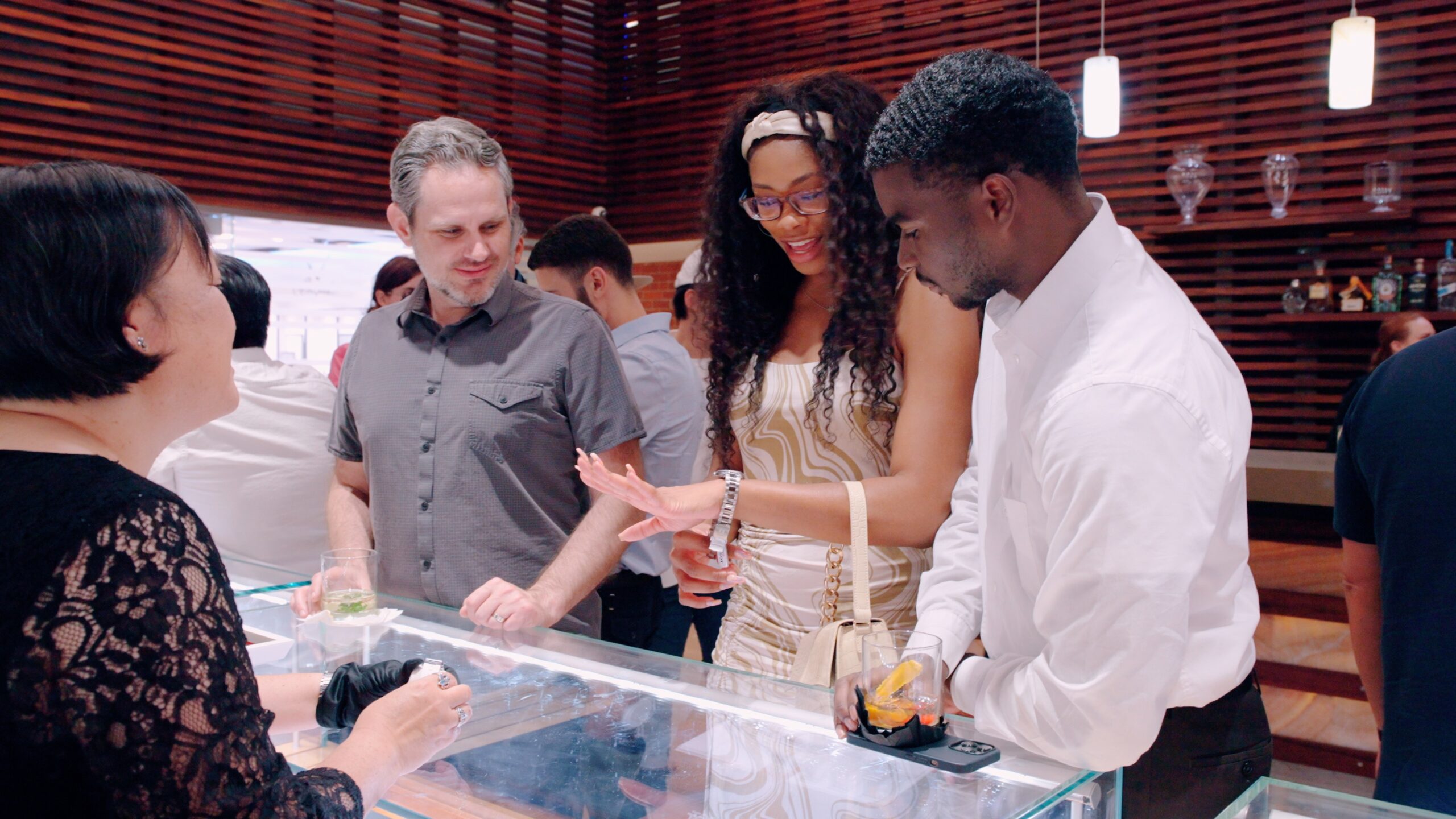
Personality Exposure
Taken together, the above reasons people like watches can be summed up as allowing people to better express themselves via a watch. That exposure of personality might be to the general public, but also to themselves. Many people are not particularly in touch with themselves. By taking interest in an item like a fine watch, with all that goes into it, a person is essentially communicating personality and character. In other words, when you like a watch, you not only expose your personality to others around you, but also to yourself.
The opportunity to talk about the performance of a cool machine, to share a story that is meaningful to you, or to wear a tool that is fashionable and speaks about your lifestyle (either actual or aspirational) is all about being able to expose your personality. If anything, the contemporary value of a wristwatch to help people expose their personality (in the various forms that I describe above) is why people like watches, Perhaps some people reading this might not also find watches to be a good means of exposing their personality, but I am pretty sure they have at least a few other viable outlets to do so.

